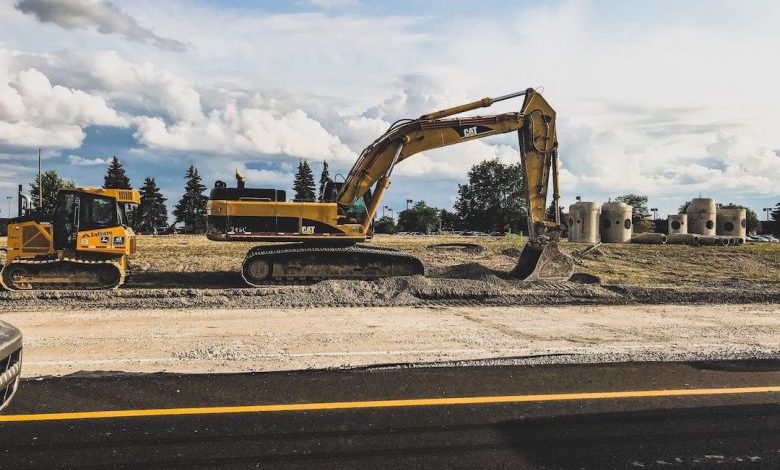What Are the Safety Measures Required in a Construction Site?

Construction sites can be hazardous environments, with potential risks and dangers present at every turn. It is crucial for both workers and employers to prioritize safety and implement the necessary measures to prevent accidents and injuries. In this article, we will discuss the essential safety measures required in a construction site to ensure the well-being of everyone involved.
Risk Assessment and Planning
Before commencing any construction project, a thorough risk assessment must be carried out. This involves identifying potential hazards and evaluating the level of risk associated with each one. By understanding the specific risks involved, appropriate safety measures can be put in place to mitigate them. It is essential to involve all relevant stakeholders, including site managers, supervisors, and workers, in the risk assessment process. This collaborative approach ensures that everyone is aware of the potential dangers and can contribute to developing effective safety strategies.
Personal Protective Equipment (PPE)
Personal protective equipment (PPE) is a vital aspect of construction site safety. It includes items such as hard hats, safety goggles, gloves, high-visibility vests, and steel-toed boots. PPE should be provided to all workers and should be worn at all times when on-site. Employers must ensure that suitable PPE is readily available and regularly inspected to ensure its effectiveness. Additionally, workers should receive proper training on how to use and maintain their PPE correctly.
Fall Protection
Falls are one of the most common causes of injuries in the construction industry. To prevent falls, it is crucial to implement fall protection measures. This includes the installation of guardrails, safety nets, and personal fall arrest systems. Workers should be trained on how to properly use these systems and should always be secured when working at heights. Regular inspections of fall protection equipment should be conducted to ensure their integrity.
Scaffolding Safety
Scaffolding is a common feature on construction sites and can pose significant risks if not used correctly. It is essential to ensure that scaffolding is erected by trained professionals and inspected regularly. Scaffolds should be stable, well-maintained, and able to support the weight of workers and materials. Additionally, workers should be provided with proper training on how to work safely on scaffolding, including how to climb and descend safely and how to secure tools and equipment.
Electrical Safety
Construction sites often involve the use of electrical equipment and wiring, which can be hazardous if not handled properly. To ensure electrical safety, workers should be trained on how to handle electrical equipment safely and how to identify potential electrical hazards, such as exposed wires or faulty equipment. Regular inspections of electrical systems should be conducted to identify and rectify any issues promptly. The use of ground fault circuit interrupters (GFCIs) is also recommended to protect workers from electric shock.
Fire Safety
Construction sites can be particularly vulnerable to fires due to the presence of flammable materials and the use of heat-generating equipment. It is essential to have a comprehensive fire safety plan in place, including the provision of fire extinguishers, fire alarms, and clearly marked emergency exits. Workers should be trained on how to use fire extinguishers correctly and should be aware of evacuation procedures in the event of a fire. Regular fire drills should be conducted to ensure that all workers are familiar with the emergency protocols.
Conclusion: Prioritizing Safety in Construction Sites
Safety should always be the top priority in construction sites. By conducting thorough risk assessments, providing adequate PPE, implementing fall protection measures, ensuring scaffolding safety, promoting electrical safety, and having a comprehensive fire safety plan, employers can create a safe working environment for their workers. It is vital for all workers to receive proper training and for safety measures to be regularly reviewed and updated to adapt to changing circumstances. With a collective commitment to safety, construction sites can become safer and more secure places for everyone involved.




